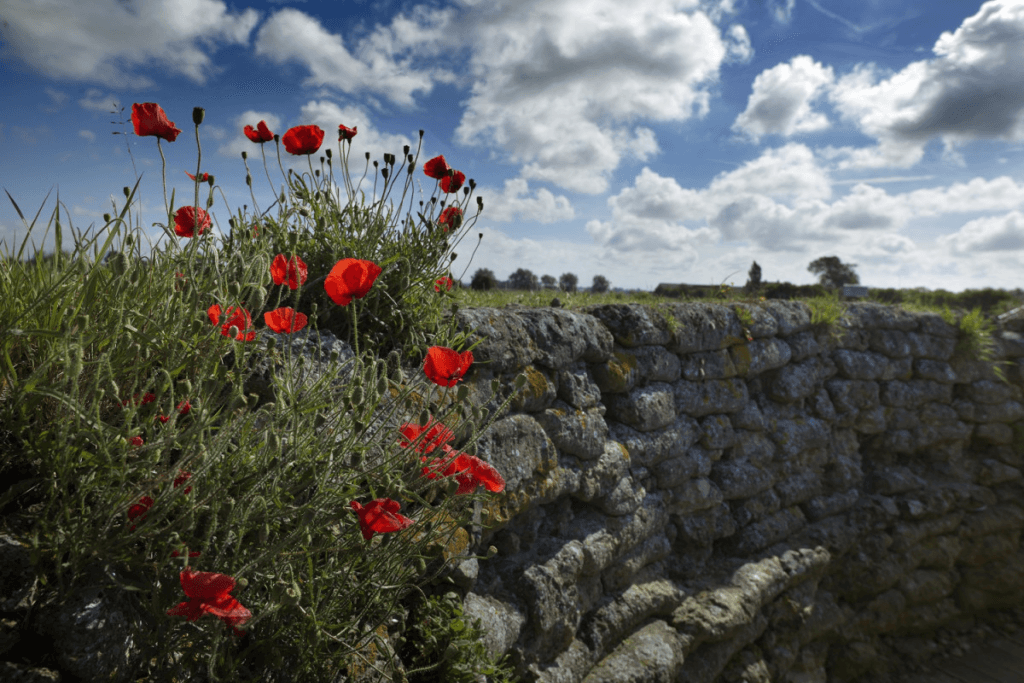Belgium is a country renowned for its rich brewing heritage, producing a wide variety of beer styles that are celebrated worldwide. The unique flavors and characteristics of Belgian beers are deeply influenced by the country’s diverse regions, each with its own distinct culture, climate, and brewing traditions. This article delves into how these regional factors contribute to the variety of beer styles found in Belgium, highlighting key areas and their signature brews.
Flanders: The Land of Sour Ales
Flanders, located in the northwest of Belgium, is known for its rich agricultural landscape and historical brewing practices. This region is particularly famous for its sour ales, which are produced using a combination of traditional methods and local ingredients. The climate in Flanders, with its cool temperatures and high humidity, creates an ideal environment for the development of wild yeast and bacteria, which play a crucial role in sour beer fermentation.

One of the most iconic styles from Flanders is Flanders Red Ale. This beer is characterized by its deep red color, complex flavors, and tart finish. The brewing process often involves aging in oak barrels, which allows the beer to develop its unique sour profile over time. Breweries such as Brouwerij Rodenbach and Brouwerij Duchesse De Bourgogne have become synonymous with this style, showcasing the region’s commitment to traditional brewing techniques.
In addition to Flanders Red Ale, the region also produces Oud Bruin, a darker, maltier sour ale that balances sweetness with acidity. The use of caramel malts and the aging process contribute to its rich flavor profile. The distinctiveness of these beers is a testament to the local brewing culture and the influence of the region’s climate and ingredients.
Wallonia: The Heart of Farmhouse Ales
Moving southward, we arrive in Wallonia, a region known for its pastoral landscapes and agricultural traditions. Wallonia is particularly famous for its farmhouse ales, which are often brewed using locally sourced ingredients and traditional methods. The use of wild yeast strains, such as Brettanomyces, is common in this region, resulting in beers that are complex and often unpredictable.
One of the most notable styles from Wallonia is Saison. Originally brewed by farmers to quench the thirst of laborers during the harvest season, Saison is a highly carbonated, fruity, and spicy ale. The use of various grains, hops, and yeast strains allows for a wide range of flavor profiles, making each Saison unique. Breweries like Brasserie Dupont and Brasserie de la Senne have gained recognition for their exceptional interpretations of this style.
Another important style from Wallonia is Biere de Garde, a strong, malty ale that is traditionally brewed in the winter months and consumed in the spring and summer. This beer often features a rich, caramel flavor and a smooth finish, reflecting the region’s agricultural heritage and the use of local ingredients.
Brussels: The Capital of Unique Brews
Brussels, the capital city of Belgium, boasts a vibrant beer culture that reflects its cosmopolitan nature. The region is home to a variety of brewing styles, including Lambic, a unique type of beer that undergoes spontaneous fermentation. The use of wild yeast and bacteria from the environment gives Lambic its characteristic sourness and complexity.
One of the most famous variations of Lambic is Gueuze, a blend of young and old Lambics that undergoes a secondary fermentation in the bottle. This process results in a sparkling, effervescent beer with a complex flavor profile that balances sweetness and acidity. Breweries such as Brouwerij Boon and Brouwerij 3 Fonteinen have made significant contributions to the popularity of Gueuze, showcasing the artistry and craftsmanship involved in its production.
In addition to Lambic, Brussels is also known for its unique take on Witbier, a Belgian white beer brewed with coriander and orange peel. This refreshing style is often enjoyed during the warmer months and has gained a loyal following both in Belgium and abroad. The combination of local ingredients and brewing traditions has allowed Brussels to develop a distinctive beer culture that continues to thrive.
The Ardennes: A Blend of Tradition and Innovation
The Ardennes region, characterized by its dense forests and rolling hills, is known for its rich biodiversity and natural resources. This region has a long history of brewing, with many small, family-owned breweries producing a variety of traditional styles. The influence of the natural environment is evident in the beers produced here, which often incorporate local ingredients such as herbs, fruits, and spices.
One of the standout styles from the Ardennes is the Belgian Dubbel, a dark, malty ale with rich caramel and dark fruit flavors. This style is often brewed using a combination of pale and caramel malts, resulting in a complex flavor profile that is both sweet and slightly spicy. Breweries like Brasserie d’Achouffe have gained recognition for their exceptional Dubbel, showcasing the region’s commitment to quality and tradition.
In addition to traditional styles, the Ardennes is also home to innovative breweries that experiment with new techniques and flavors. This blend of tradition and innovation has allowed the region to carve out a unique niche in the Belgian beer landscape, attracting both locals and tourists alike.
The Influence of Local Ingredients
One of the defining characteristics of Belgian beer is the emphasis on local ingredients. Each region has its own agricultural products that influence the brewing process and the final flavor of the beer. For example, the use of specific hop varieties, grains, and adjuncts can vary significantly from one region to another, resulting in distinct flavor profiles.
In Flanders, for instance, the use of locally grown barley and wheat is common, while Wallonia’s farmhouse ales often incorporate herbs and spices from the surrounding countryside. The Ardennes region, with its rich biodiversity, provides a wealth of ingredients that brewers can draw upon to create unique flavors and aromas.
Additionally, the brewing traditions passed down through generations play a crucial role in shaping the beer styles of each region. Many breweries in Belgium have been in operation for centuries, and their recipes and techniques have been refined over time. This deep-rooted connection to local culture and history is reflected in the beers produced, making each one a testament to the region’s heritage.
A Tapestry of Flavors
Belgium’s diverse regions contribute significantly to the country’s rich tapestry of beer styles. From the sour ales of Flanders to the farmhouse brews of Wallonia, each region offers its own unique flavors and brewing traditions. The influence of local ingredients, climate, and culture creates a dynamic brewing landscape that continues to evolve while honoring its historical roots.
As beer enthusiasts explore the various styles from Belgium’s regions, they are not just tasting a beverage; they are experiencing a reflection of the land, its people, and their traditions. The complexity and diversity of Belgian beers serve as a reminder of the artistry involved in brewing and the importance of preserving local heritage in an increasingly globalized world. Whether you prefer a tart Flanders Red Ale, a refreshing Saison from Wallonia, or a complex Gueuze from Brussels, each sip tells a story of its origin, making Belgian beer a truly remarkable experience.

